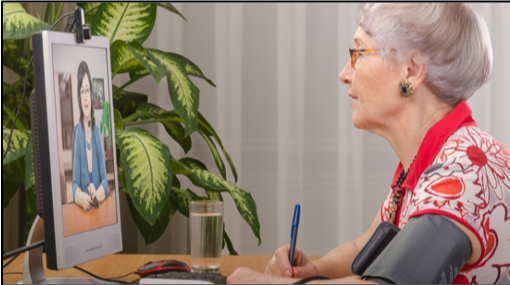
The latest Merrill Lynch/Age Wave study finds that most adults 55 and over haven’t taken care of the essentials.
By Bernice Napach| ThinkAdvisor | Feb. 07, 2019
Death is not taboo, but failing to prepare for it financially is looked down upon. Those are just two of the many findings of a new report from Merrill Lynch in partnership with Age Wave that may interest advisors, especially those with clients who are middle-aged and older.
The study of 3,000 adults, with a focus on those 55 and older, found that nine out of 10 are open to discussing end-of-life preferences with friends and family, and dementia and pain are their biggest fears around dying.
Getting their affairs in order beforehand is key, but only 55% of Americans have wills and only 18% have the three recommended essentials — a will, health care directive and durable power of attorney, according to the study.
Respondents with $1 million or more in investable assets were the most prepared — 41% of them had taken care of the three essentials compared with 27% for those with $250,000 to just under $1 million in assets, but that’s still less than half.
This unpreparedness is a “call to action,” Surya Kolluri, a managing director of Bank of America Merrill Lynch who leads the thought leadership for its retirement group, tells ThinkAdvisor. “If you want to pass along life values and lessons, you need to have your financial affairs in order.”
Passing on values and lessons was considered the most important part of one’s legacy in the study, cited by 59% of respondents.
Asked to identify what they want to be remembered for, respondents overwhelmingly said it was the memories they shared with loved ones (70%) rather than the wealth they had accumulated (5%).
There were several surprises in the study, according to Kolluri, including the finding that two-thirds of respondents prefer to distribute on average 30% of their estate while they’re alive and an equal percentage believing in leaving a larger inheritance to the child who provides them care than the child who does not.
Another unexpected finding, according to Kolluri: 43% of respondents were concerned about not having an advocate to look after their best interests as they age.
Retirees and their families need to talk about these issues, said Kolluri, and 87% of respondents said it’s the responsibility of a parent to initiate these conversations.
“It’s critical that people take early and comprehensive steps to prepare essential documents, communicate their preferences and shape the legacies they wish to leave behind,” said Lorna Sabbia, head of retirement and personal wealth solutions at Bank of America Merrill Lynch, in a statement.
Financial advisors can play a key role in helping clients have the necessarily conversations with family members and collect and store in a safe place the information and documents they will need.
“A well-prepared legacy could be one of the greatest final gifts for those you love,” Kolluri said.
This Merrill Lynch/Age Wave study is the fourth in a multi-year research series that examines five distinct life stages: early adulthood, parenting, caregiving, widowhood and end of life/legacy. In the latest study, 41% of respondents had less than $50,000 in investable assets; 10%, $50,000 to under $100,000; 22%, $100,000 to under $1 million; and 7%, $1 million or more. ‘Greg Says‘ believes all seniors should have a Will and an Advanced Directives document.
See the following for more information: https://www.nia.nih.gov/health/advance-care-planning-healthcare-directivesand www.theconversationproject.org








